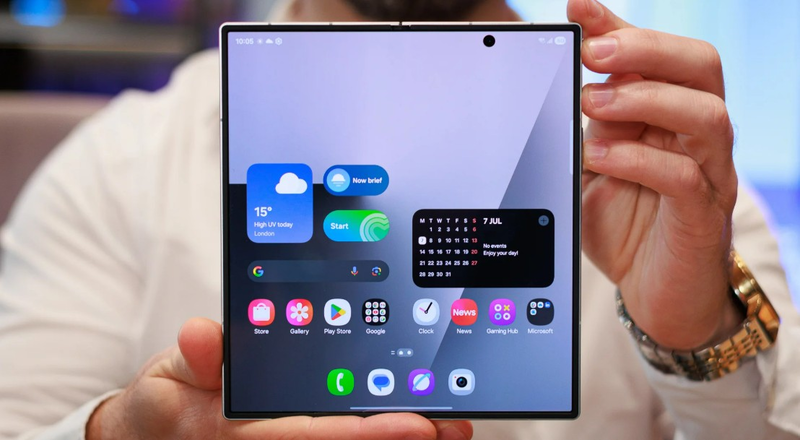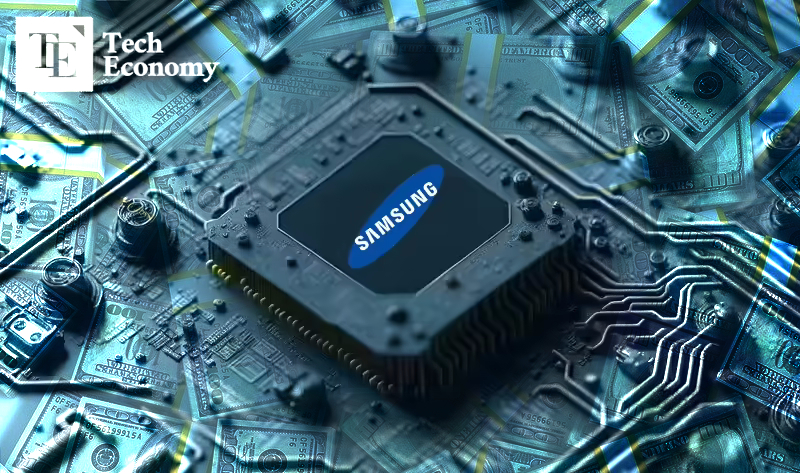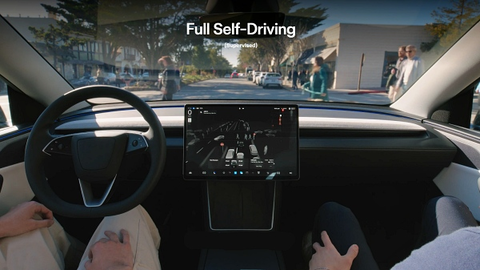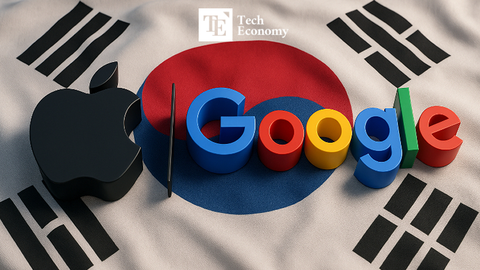Samsung’s Fold Revolution: A Slimmer Future for Premium Phones
Input
Changed
Samsung’s slimmer Galaxy Z Fold 7 surprises with better battery life. Market response signals a shift toward premium foldables, especially in Korea. A rebranding could redefine Samsung’s place in the high-end smartphone world.
Samsung is no stranger to innovation, but its latest iteration of foldable smartphones may be its most pivotal yet. The Galaxy Z Fold 7 introduces a sleeker form factor without compromising performance, battery life, or appeal. Early user reviews and market data indicate that consumers are starting to view foldables as more than just a gimmick; they're the future of premium devices. With that future in sight, Samsung is laying the groundwork for a bold new brand identity.

A Slimmer Fold, A Bolder Impact
Samsung’s Galaxy Z Fold 7 has emerged as a quietly disruptive force in the smartphone world. With a slimmer body than ever, early expectations pegged its battery life as a likely weak point. Instead, the Z Fold 7 manages to outperform its predecessor, outlasting both the Fold 6 and Flip 6 in several benchmarks.
Design-wise, the Fold 7 is a leap toward portability without compromising power. Consumers often worry that thinner devices trade battery capacity for style, but Samsung’s engineering team seems to have struck an elegant balance. This iteration may well become the blueprint for future foldables.
The impact of this redesign goes beyond power efficiency. By merging practicality with a premium feel, Samsung positions itself not only as a foldable innovator but also as a potential market leader capable of outpacing lower-cost Chinese competitors. Foldables are no longer niche. They are starting to feel mainstream, especially when they start borrowing the sensibilities of iPhones in sleekness and weight.
Fold Wins Over Flip, and Korea
This year marks a turning point: the Fold 7 is outselling the Flip in Korea for the first time. It’s a signal not just of design success, but of a psychological shift in consumer mindset. Foldables are no longer seen as quirky gadgets for early adopters. They are now entering the public consciousness as serious flagship devices.
In South Korea, Samsung’s home turf, the local response has been especially telling. The Fold 7’s performance, aesthetics, and the practicality of its form factor appear to resonate with users across age groups. Younger consumers who may have once dismissed the Fold as bulky or impractical are now embracing it as stylish and functional.
This uptake could also reshape global perceptions. Korean market reactions often mirror broader trends in Asia, and Fold 7’s performance suggests a growing preference for foldables over traditional bar phones. It could also push Apple to reconsider how long it can delay entering the foldable market.
Time for a New Name?
With the Fold 7 gaining traction as an actual premium device, Samsung is revisiting an old idea: creating a new brand entirely for its high-end models. The company has long struggled to differentiate its most innovative phones from the rest of the Galaxy lineup. Now, backed by market enthusiasm for the Fold 7, a rebranding opportunity seems ripe.
The difference isn’t just about specs, it’s about experience. Consumers who use the Fold 7 don’t feel like they’re using a Galaxy in the traditional sense. It’s a different form, a different lifestyle, and, perhaps, a different identity.

Industry watchers speculate that Samsung could unveil a new sub-brand as early as next year, designed exclusively for foldables and ultra-premium innovations. This could help distinguish it from the mainstream Galaxy models and elevate its brand equity in markets traditionally dominated by Apple.
The timing couldn’t be better. The slim, efficient Fold 7 proves that foldables are ready for the big leagues, not just as tech demos, but as everyday premium smartphones. With public opinion and performance now aligned, Samsung may finally have what it needs to redefine the smartphone market in its image.





















